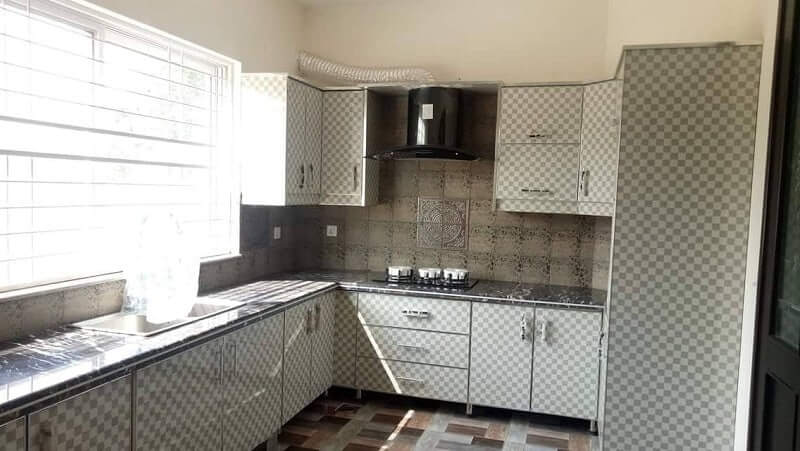
SIMPLE STEPS TO DAMP PROOF HOMES:
Damp is one of the biggest threats to homes. Damp not only damages the structure and finishes but also decreases the home selling price. As no one wants to buy a home with the Damp. People are always worried about dampness of floors, walls and roofs. They just try the short term solutions like painting the ceilings and walls. But after some time damp patches appear again. What you actually need is the permanent solution of the dampness. This blog explains the simple steps to damp proof homes. Here is the outline;
Protecting New Homes against Damp
Protecting Old Homes against Damp
Here is the detail to damp proof homes.
PROTECTING NEW HOMES AGAINST DAMP:
Step #1: Use a damp proof membrane (DPM)
During construction always use a damp proof membrane to prevents the moisture from foundations. There are many damp proof membranes like metal & plastic sheets, bitumen and aluminum papers. The most important thing is to properly install the damp proof membrane on plinth level. Make sure that all joints are sealed off by the membrane. Another important consideration is to place the damp proof membrane under the DPC.
Step #2: Build a damp proof course (DPC)
Building a damp proof course during home construction controls the dampness from foundations. DPC is the mixture of cement, aggregate and sand. It is built on the plinth level. The normal thickness of DPC is 2.5 inches but it can be increased or decreased according to the requirements. Just make sure that DPC is properly laid to achieve greater strength.
Step #3: Inspect the structure for water penetration
When you have built your home it’s the right time to thoroughly check the structure for water leakage. Examine the roof and external walls as they are the major source of the water penetration that causes dampness. Just repair the areas from where water can penetrate. Never forget to check the structural joints and pointing of the external brick walls.
PROTECTING OLD HOMES AGAINST DAMP:
Case #1: Damp from foundations
In first case scenario if damp emerges from foundations, you have to immediately check the Damp Proof Course (DPC). When DPC is broken or not properly laid out, damp emerges from foundations. Just find the affected area and immediately fix it. This will stop the emergence of moisture from the foundations.
Case #2: Damp from rooftop
Dampness appears in ceilings when there are holes in the roof or rainwater is not properly drained out. In case of roof holes, you immediately need to fix this problem by repairing the roof. If roof top has no proper water drainage system then install it. Also regularly check the drain pipes to ensure that there is no blockage.
Case #3: Damp from external walls
Water also penetrates from external walls when plaster is broken or bricks are damaged. Thoroughly examine the external walls to find the extent of the problem. If wall has cracks or broken bricks then repair the wall. In case you have exposed brick walls then properly point the brickwork. But if outer plaster is broken then you need to patch plaster the wall.
Case #4: Damp from structural joints
Damp also emerges from weak structural joints. You need to thoroughly inspect the beams and lintels above doors & windows. Sometimes there are cracks in the joints that cause water to penetrate. To solve this issue you need to properly fix the cracks by plastering. It’s highly recommended to replace the broken beams and lintels.
